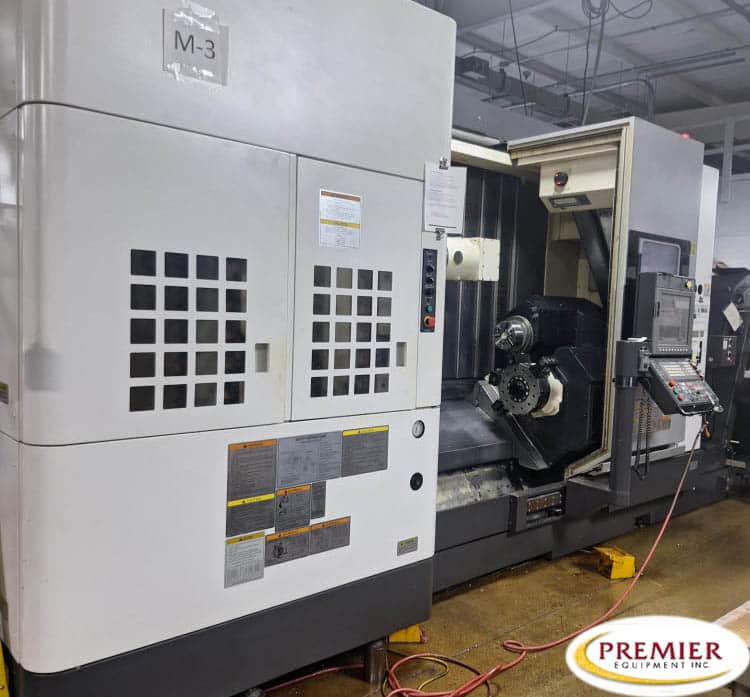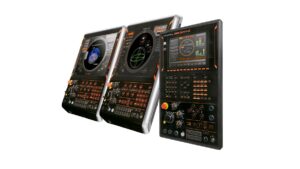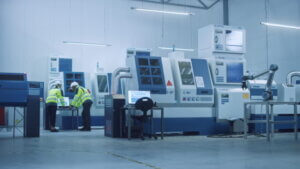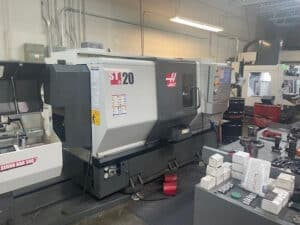Today lots of manufacturing companies are facing a big problem: there aren’t enough skilled candidates for those CNC operator jobs. Because of this, some companies are changing gears and not just looking for folks with tons of experience. They are open to hiring people who are eager to learn and ready to roll up their sleeves. This approach gives companies more options to find workers but it also means they need to have solid training in place to help these newbies get up to speed in a pretty tricky manufacturing setup.
Good Read: Skills, applicant gaps threaten US manufacturing growth >
Why Simplifying Tasks Matters
When it comes to training new CNC operators, you’ve got two main choices: dive into intensive training or keep things simple. Here, we’ll focus on the second option and share five simple tips to make tasks easier for those who might not have much CNC experience.
1. Give Clear Instructions
New CNC operators usually catch on by watching their more seasoned coworkers. While seeing things in action is great, having written step-by-step guides for common tasks can really speed up their learning. These written guides serve as quick references, cutting down on questions and disruptions for the experienced team.
2. Relate Machined Surfaces to Adjustments
It’s super important for CNC operators to figure out how machined surfaces connect to sizing adjustments. Making this connection easier can be as simple as marking up drawings that clearly show which cutting tool goes with each offset number. This visual aid helps clear up confusion and keeps the machining running smoothly.
3. Use Easy-to-Read Gauges
When it comes to measuring, newbies can really struggle with the traditional gauges. Starting off with variable gauges that have digital displays can make life a lot easier for them. This way, new hires can focus on getting the hang of using the tools without stressing over complicated gauges.
4. Clearly Provide Tolerance Values
CNC operators need to understand dimensional tolerances to make accurate sizing calls. By sharing the necessary high and low limits along with target values for each surface, there’s no need for them to do complex math on the spot, which helps keep their work accurate.
5. Define Company Terms and Rules
Every company has its own lingo and unspoken rules that can be confusing for newcomers. It’s key to give them a solid introduction to these terms and any internal policies they need to know. When new hires are clear on company practices, it makes everything flow better and boosts efficiency. By using these straightforward task simplification tactics, manufacturing companies can transform eager but less experienced folks into capable CNC operators, helping to fill in the skills gap in the industry.
Wrapping Up
The skills gap in CNC manufacturing is a challenge, but it also offers an opportunity for growth. By implementing these easy task simplification strategies, companies can effectively close the gap and build a strong team for the future. The five methods we talked about—clear guiding documents, visual aids, user-friendly measuring tools, straightforward tolerance details, and clear training on company terms—set the stage for success. When done right, these tactics not only help new operators learn faster but also cut down on mistakes, lower training time, and keep production quality up. As manufacturing keeps changing, businesses that invest in making life easier for new hires will be in a better spot to stay ahead and thrive in the long run.



